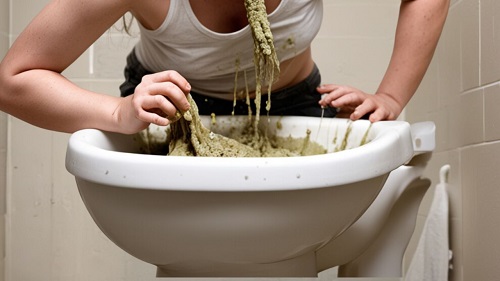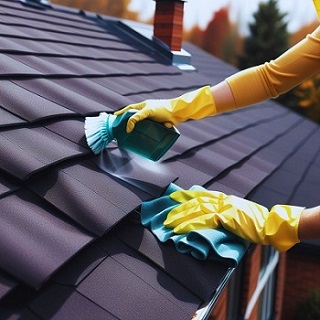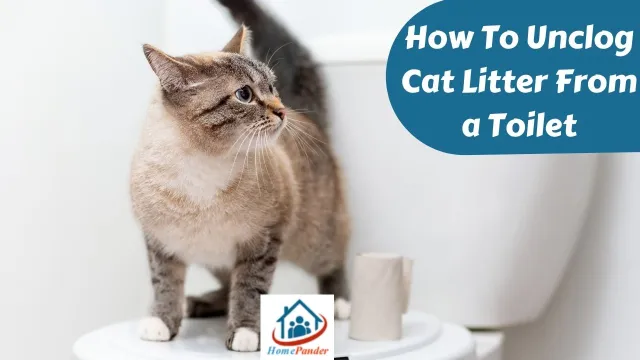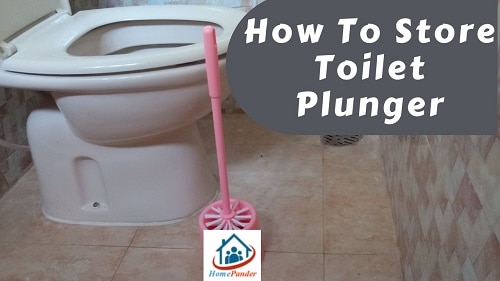Is Lysol Safe After It Dries? Yes, Lysol is generally safe to touch or come in contact with after it dries. The active ingredients in Lysol dissipate, leaving minimal residue. It is important to follow safety guidelines provided by the manufacturer for proper usage.
Maintaining cleanliness and hygiene is crucial for our well-being. In our daily lives, we come into contact with various surfaces that can harbor harmful pathogens and viruses. To combat this, disinfectants play a vital role. One such popular disinfectant is Lysol.
In this article, we will explore the safety aspect of Lysol after it dries, providing you with the information you need to make informed decisions regarding its usage.
Is Lysol Safe After It Dries?
| Aspect | Lysol | Other Disinfectants |
|---|---|---|
| Safety after Drying | Generally safe to touch or come in contact with | Varies depending on the product and ingredients |
| Residual Effect | Minimal residue after drying | Residue may vary; some disinfectants leave behind a noticeable residue |
| Drying Time | Generally dries within a few minutes to up to 10 minutes | Drying time varies depending on the product and surface |
| Active Ingredients | Quaternary ammonium compounds, ethanol, and others | Various active ingredients depending on the product |
| Usage Recommendations | Follow specific safety guidelines provided by the manufacturer | Follow specific safety guidelines provided by the manufacturer |
| Allergies and Sensitivities | Check for potential allergens and discontinue use if adverse reactions occur | Check for potential allergens and discontinue use if adverse reactions occur |
| Pet Safety | Generally safe for pets after drying | Pet safety varies depending on the product; follow specific guidelines |
| Availability | Widely available in different forms and sizes | Various disinfectants available in the market |
| Additional Considerations | Recommended to keep the area well-ventilated during and after application | Some disinfectants may require rinsing after application |
| Environmental Impact | Check for eco-friendly options if desired | Check for eco-friendly options if desired |
Understanding Lysol
Lysol is a brand of household disinfectants that has been trusted for generations. It offers a range of products designed to kill germs, bacteria, and viruses on various surfaces.
Lysol products come in different forms, including sprays, wipes, and concentrates, providing versatility and convenience for different cleaning needs. They are commonly used in homes, offices, healthcare facilities, and public spaces.
How Lysol Works
Lysol contains active ingredients that work to eliminate germs and pathogens effectively.
The primary mechanism of Lysol as a disinfectant involves breaking down the protective barriers of microorganisms, such as cell walls and membranes, which leads to their deactivation or destruction. It is designed to be effective against a wide range of pathogens, including bacteria, viruses, and fungi.
It’s important to note that while Lysol is highly effective, it is not a substitute for regular cleaning. Before using Lysol or any other disinfectant, it is recommended to clean the surface with soap and water to remove dirt and debris.
Drying Time of Lysol
After applying Lysol to a surface, it is essential to allow it to dry completely. The drying time of Lysol can vary depending on several factors, including the product formulation, the surface being treated, and the environmental conditions.
In general, Lysol sprays and wipes typically dry within a few minutes to up to 10 minutes. However, it is recommended to refer to the specific product’s instructions for accurate drying times.
Safety of Lysol after Drying
Once Lysol has dried on a surface, it is generally considered safe to touch or come in contact with.
The active ingredients in Lysol, such as quaternary ammonium compounds and ethanol, are designed to break down and dissipate after they have fulfilled their disinfecting purpose. This means that the residue left behind after drying is minimal and generally safe for incidental contact.
It is important to follow the safety guidelines provided by the manufacturer when using Lysol.
Avoid direct skin contact with the wet product and keep it away from your eyes and mouth.
If accidental contact occurs, rinse thoroughly with water. Additionally, it is recommended to keep the area well-ventilated during and after the application of Lysol to ensure proper drying.
Common Concerns
Some individuals may have concerns regarding the use of Lysol. Allergies and sensitivities can vary from person to person, so it is advisable to read the product label and check for any potential allergens before using Lysol.
If you experience any adverse reactions, such as skin irritation or respiratory discomfort, discontinue use and seek medical advice.
When it comes to pets, it is generally safe to use Lysol in your home as long as you follow the instructions provided by the manufacturer. However, it is recommended to keep pets away from the area being treated until it has dried completely.
Alternative Options
If you prefer to explore alternative options to Lysol, there are natural and eco-friendly disinfectants available.
These products often contain plant-based ingredients and are free from harsh chemicals.
They can be an excellent choice for those with sensitivities or those looking for more environmentally friendly cleaning solutions.
Additionally, you can create your own cleaning solutions using ingredients like vinegar, hydrogen peroxide, and essential oils.
Related Questions
Can I use Lysol on food surfaces?
Lysol should not be used directly on food surfaces. It is designed for use on hard non-porous surfaces such as countertops, doorknobs, and bathroom fixtures.
Is it safe to use Lysol around children?
Lysol is generally safe to use around children. However, it is important to keep the product out of their reach and ensure proper ventilation during and after application.
Can Lysol cause skin irritation?
Some individuals may be sensitive to the active ingredients in Lysol, which can cause skin irritation. If you experience any adverse reactions, discontinue use and seek medical advice.
How often should I use Lysol?
The frequency of using Lysol depends on your specific cleaning needs and the level of potential contamination. Follow the instructions on the product label for recommended usage guidelines.
Can I mix Lysol with other cleaning products?
It is generally not recommended to mix Lysol with other cleaning products unless specified by the manufacturer. Mixing different chemicals can lead to potentially hazardous reactions.
Is Lysol effective against COVID-19?
Lysol has demonstrated efficacy against certain strains of human coronavirus. However, it is important to refer to the product label or the manufacturer’s website for specific claims regarding COVID-19.
Conclusion
Lysol is a trusted disinfectant that can effectively eliminate germs and pathogens when used correctly. After it dries on a surface, it is generally safe to touch or come in contact with. Following the recommended safety guidelines, such as allowing Lysol to dry completely and avoiding direct skin contact with the wet product, ensures safe usage.
Maintaining a clean and hygienic environment is crucial, especially during times when contagious diseases are a concern. Lysol, along with proper cleaning practices, can help contribute to a healthier living space.



![How To Clean Dark Grout That Has Turned White [5 Easy Ways]](https://homepander.com/wp-content/uploads/2021/12/How-To-Clean-Dark-Grout-That-Has-Turned-White.webp)








![How to Remove Crystallized Urine [Explained]](https://homepander.com/wp-content/uploads/2022/02/How-To-Remove-Crystallized-Urine.jpg)



